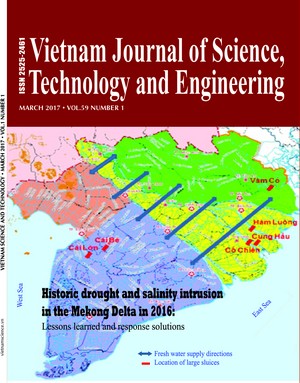Utility of 18F-FDG PET/CT in metabolic response assessment after CyberKnife radiosurgery for early stage non-small cell lung cancer.
Tóm tắt
Objective: To assess metabolic tumor response using 18F-FDG PET/CT scan in early stage non-small cell lung cancer (NSCLC) treated by CyberKnife radiosurgery. Materials and Methods: 30 patients were diagnosed proven by biopsy and inoperable stage I NSCLC, and wereenrolled into this study. 18F-FDG PET/CT was performed prior to the program, and at three months following the radiosurgery treatment. The tumor maximum standardized uptake value (SUVmax) was recorded for each time point and the PERCIST criteria was applied to assess tumor
response. Results: 30 patients with NSCLC, stage me after CyberKnife radiosurgery was followed-up after 12 months. The 1-year Kaplan-Meier local control estimate was 96.7%, the cut-off of SUVmax was 10, and revealed the local tumor control to have a statistically significant difference. Mean tumor SUVmax before treatment was 10.5±3.25 (range, 5.0 to 20). During early follow-up the mean SUVmax in the tumor remained high due to peritumoral radiation-induced pneumonitis visible on CT imaging. After radiosurgery for six months, 18F-FDG PET/CT images showed that 21 of 30 patients (70%) had a partial metabolic response, 8 of 30 patients (26.7%) had stabilized diseases, and one patient (0.3%) had disease progression. Meanwhile, CT could not reveal the progressed patient. Conclusions: Local control following CyberKnife radiosurgery for stage I NSCLC is acceptable. Transient increases in tumor SUVmax are
likely related to radiation-induced pneumonitis. The value of 18F-FDG PET/CT imaging for early metabolic tumor response after stereotactic body radiation therapy (SBRT) could be higher than anatomic response on CT.




